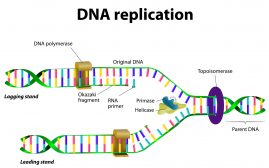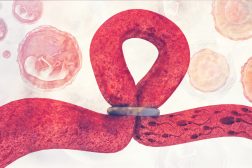Definition
noun
(anatomy) The quadrilateral muscle in the pharynx, located superior to other pharyngeal constrictor muscles, arises from the pterygomandibular raphe, and inserts into the median raphe
Supplement
The superior pharyngeal constrictor is one of the three constrictor muscles of the pharynx. The other pharyngeal constrictors are the middle pharyngeal constrictor and the inferior pharyngeal constrictor. Morphoanatomically, the superior pharyngeal constrictor is relatively thin and pale. It is located above the other two pharyngeal constrictors, forming a tube beginning at the pterygomandibular raphe. 1
The superior pharyngeal constrictor is composed of four parts according to origin (pterygomandibular raphe), i.e. the pterygopharyngeal part, the buccopharyngeal part, the myolopharyngeal part, and the glossopharyngeal part. 2 It is inserted into the median raphe of pharyngeal aponeurosis. It is innervated by the IX accessory nerve and X vagus via the pharengeal plexus. Its function is to pull the pharyngeal wall forward and to constrict the pharyngeal diameter.1 As a pharyngeal constrictor muscle, it assists in the swallowing of food (bolus), conveying it downward into the esophagus.
See also:
- inferior pharyngeal constrictor
- middle pharyngeal constrictor
- pharyngeal constrictor
Reference(s):
1 Seikel, J. A., King, D. W., & Drumright, D. G. (2010). Anatomy & physiology for speech, language, and hearing (4th ed.). Clifton Park, NY: Delmar Cengage Learning.
2 Kulkarni, N. V. (2006). Clinical anatomy for students: problem solving approach. New Delhi: Jaypee Bros. Medical Publishers.







